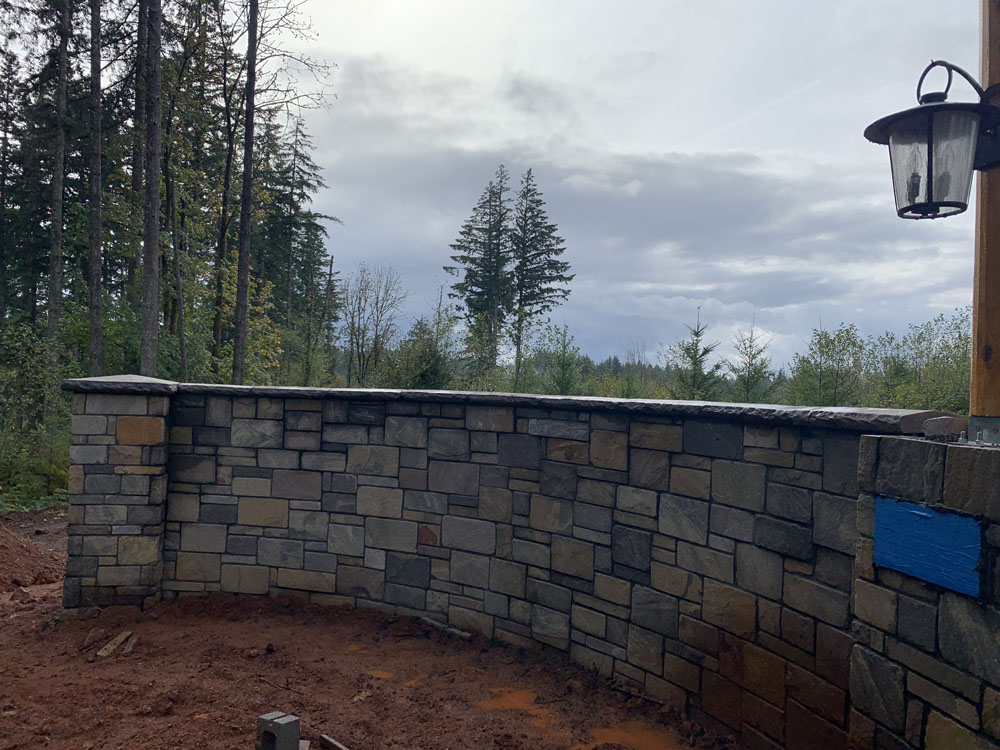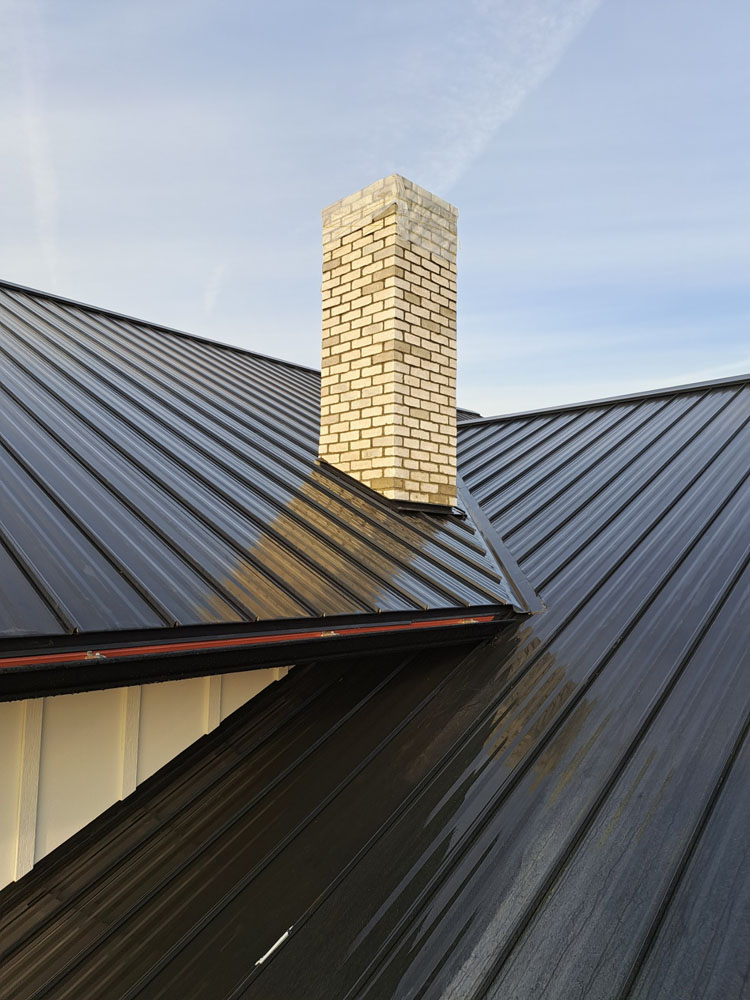Introduction
In the realm of masonry, creativity and innovation often pave the way for exceptional designs. While traditional materials like brick, stone, and concrete dominate the landscape of construction, there’s a burgeoning interest in using unconventional materials that are not only sustainable but also aesthetically appealing. From repurposed items to avant-garde composites, the world of masonry is evolving. This article will explore “Unconventional Materials You Can Use in Masonry Projects” and how they can enhance your masonry walkways, stone walkways, and overall construction projects.
What Are Unconventional Materials in Masonry?
When we talk about unconventional materials in masonry, we refer to those that deviate from the standard repertoire. These can include recycled products, natural resources, or even synthetic options that offer unique benefits.
Why Consider Unconventional Materials?
- Sustainability: Many unconventional materials are eco-friendly and help reduce waste. Cost-Effectiveness: Often more affordable than traditional materials. Aesthetic Diversity: They provide a unique look that distinguishes your project.
The evolution of design trends calls for a fresh perspective on material selection. In this section, let’s delve deeper into these innovative materials.
Eco-friendly Options for Masonry Walkways
One of the most compelling reasons to explore unconventional materials is their eco-friendliness. Eco-conscious consumers are increasingly looking for sustainable options.
Recycled Concrete Aggregate
What is it? Recycled concrete aggregate (RCA) is made from crushed concrete that can be reused as a base material for new construction or landscaping projects.
Benefits:
- Reduces landfill waste Provides excellent drainage properties Cost-effective alternative to new aggregates
Rammed Earth
What is it? Masonry Contractor https://ramosmasonry.com/ Rammed earth involves compacting soil into forms to create sturdy walls or pathways.
Benefits:
- Uses locally sourced material Exceptional thermal mass Minimal carbon footprint
Reclaimed Brick and Stone
Using reclaimed bricks or stones can add character to any masonry walkway or project.
Benefits:
- Preserves history Unique textures and colors Environmentally friendly
Innovative Composites in Masonry Projects
Composites combine different materials to enhance performance and durability. Let’s explore some innovative composites you could use.

Glass Fiber Reinforced Concrete (GFRC)
What is it? GFRC is a composite material made with fine aggregates along with glass fibers.
Benefits:
- Lightweight yet strong Versatile design possibilities Resistant to cracking
Bamboo-based Composites
Bamboo isn’t just for furniture; its strong fibers can be used in various masonry applications.

Benefits:
- Rapidly renewable resource High tensile strength Unique aesthetic appeal
Natural Materials That Stand Out
Nature has gifted us an array of materials perfect for masonry projects. Some even resonate well with the concept of luxury.
Limestone
Known for its elegance, limestone can elevate any masonry walkway's appearance.
Benefits:
- Timeless beauty Versatility in applications Durability against weathering
Slate
This metamorphic rock adds sophistication and natural beauty to any project.
Benefits:
- Natural slip resistance Variety in color options Long lifespan
The Role of Industrial Byproducts in Masonry
Industrial byproducts can serve as functional components in modern masonry projects.
Fly Ash
Fly ash is a byproduct from coal combustion and can be an effective additive in concrete mixes.
Benefits:
- Improves workability Enhances strength Reduces environmental impact
Slag Cement
Produced from steel manufacturing processes, slag cement offers unique properties when mixed with traditional cement.
Benefits:
- Increased durability Lower permeability Environmental benefits through recycling
Bringing Art into Masonry Projects With Textile-Based Materials
Textiles might seem out of place in masonry but bear with me; they offer intriguing possibilities!
Geotextiles
Often used for landscaping purposes, geotextiles can stabilize soil beneath walkways while allowing drainage.
Benefits:
Erosion control Soil stabilization Improved water managementTextile-Reinforced Concrete (TRC)
This innovative material incorporates textiles into concrete structures for added strength without significant weight increase.
Benefits:
Greater design flexibility Reduced carbon footprint Enhanced durabilityUsing Upcycled Materials Creatively
Upcycling transforms waste into valuable resources—a philosophy that's gaining traction in the building industry!
Wood Pallets
Wood pallets have become popular choices for creating rustic pathways or borders around gardens.
Benefits:
Reusable material Low-cost option Unique aestheticsShipping Containers
These robust structures are being repurposed into beautifully designed outdoor spaces including walkways!
Benefits:
Durable structure Flexible design options Minimal site disruptionMasonry Walkway Design Ideas Using Unconventional Materials
When you think outside the box, you open up a world of possibilities!
1. Mixed-Material Pathways
Combining different unconventional materials—like reclaimed wood with polished stone—can create striking contrasts that enhance your outdoor space's visual appeal.
Pros:
- Unique appearance Personalized touch Environmentally friendly
Cons:
- May require more planning Potential higher costs depending on selection
2. Artistic Mosaic Patterns
Using broken tiles or colored glass pieces embedded within concrete can transform ordinary pathways into works of art!
Pros:
- Extremely customizable Eye-catching designs Utilizes leftover materials
Cons:
- Time-intensive installation Requires skilled craftsmanship
FAQs About Unconventional Materials Used in Masonry Projects
Q1: What are some common unconventional materials used in masonry?
A1: Common options include recycled concrete aggregates, rammed earth, reclaimed bricks and stones, bamboo-based composites, fly ash, and textile-reinforced concrete among others.
Q2: Are unconventional materials cost-effective?
A2: Often yes! Many unconventional materials such as recycled aggregates and reclaimed stones tend to be more affordable compared to new counterparts while also providing unique aesthetic value.
Q3: How do I choose the right material for my masonry walkway?
A3: Consider factors such as sustainability goals, budget constraints, desired aesthetics, climate conditions as well as maintenance requirements before making a decision!
Q4: Is using recycled material safe?
A4: Absolutely! As long as they meet local building codes and standards regarding safety features—recycled materials pose no additional risks compared to traditional alternatives!
Q5: Can I mix different types of unconventional materials?
A5: Yes! Mixing various types enhances visual appeal but requires careful planning during design stages! Always ensure compatibility between chosen elements too!
Q6: Where can I source these unconventional materials?
A6: Many suppliers specialize specifically in reclaimed & recycled products! Local demolition yards or architectural salvage stores may also have what you're looking for!
Conclusion
Exploring unusual avenues within masonry not only fosters creativity but contributes positively towards environmental sustainability too! As you embark on your next project—whether it's a stunning masonry walkway, elegant stone walkways, or something entirely different—consider these unconventional materials showcased throughout this article! The future lies ahead filled with endless opportunities; let's shape it together through innovative choices! Remember—the right material transforms not just spaces but lives too!
By thinking outside conventional boundaries—you'll craft meaningful connections between nature's gifts & modern architecture resulting ultimately delightful experiences all around! Here’s to embracing change & elevating our surroundings one creative step at a time!